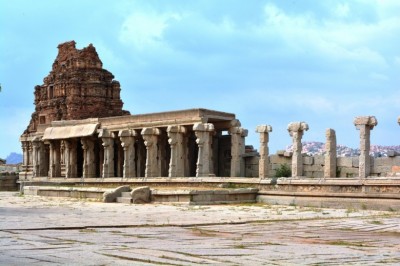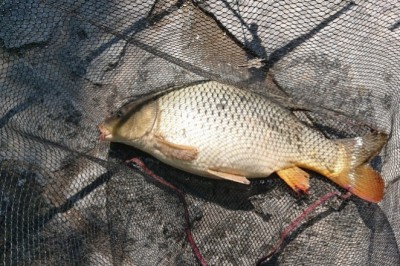Italian Folk Songs
Comprising of a rich musical heritage, Italian folk music comprises of diverse styles, dance forms and musical instruments. With the countrys gradual unification, hundreds of music styles from different Italian regions came together quite late in the 20th century. Italys folk music has had several regional influences especially from the south of Europe as well as Celtic, Persian, African, Roma and Arabic. Sardinias music compared to the rest of Italy is distinctive, in that it is best known for its chanting of the tenores. With pockets of small city states in every region, diverse music styles have coexisted for a very long time combining traditions like narrative and ballad singing. American Alan Lomax in 1956 proposed to unify Italys musical heritage through a classification system and it has often been repeated since. Italian Diego Carpitella, Franco Coggiola and Roberto Leydi carried out various field recordings and captured various folk traditions. Italian folk songs talk about important events and celebrations. They also comprise of ballads, lullabies, serenades, epic songs and childrens songs. In 1966, Gianni Bosio founded the Istituto Ernesto de Martino and from here Italian folk music was revived and brought once again into the limelight on a larger scale. Soon various Italian folk bands gained prominence including La Lionetta, La Ciapa Rusa, Re Niliu, Calicanto, and Baraban. Regions to the north of Italy have deep Celtic and Slavic influences. Central Italy has peasant poets or poeti contadini who sing poems of Homer and Dante, focusing on the political and social situations in that specific region. This medieval style of poetry is sometimes competitive in nature while leaving room for interpretation and improvisations. During the 1970s roots revival, roots revivalists were greatly influenced by jazz music played entirely on acoustic settings. Ethnic Greeks have been residing in cities like Calabria and Puglia for a very long time. Traditional folk music emerging from this region includes a religious piece Passiuna tu Christù, which narrates and describes the Passion of Christ. Sicilys music is more diverse in nature, comprising of devotional and religious songs, harvest folk songs and songs of the peasant workforce. Musical accompaniments are an important facet of Italian folk music. Some of their instruments are used only for certain religious occasions or rituals like the zampogna bagpipe which is heard only during Christmas. Their main instruments are broken down into three groups - string, percussion and wind. Dancing also plays an integral part of most folk ritual songs. While there are group dances, solo and couple dances also co-exist such as the courting dance called the duru-duru dance in Sardinia. To download cool Italian songs or Japanese songs or even Spanish songs please click on these links.




















